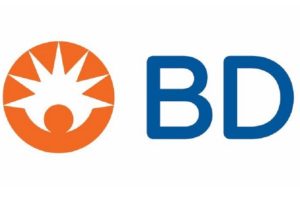 BD has announced the launch of the Halo One thin-walled guiding sheath, designed to perform as both a guiding sheath and an introducer sheath, for use in peripheral arterial and venous procedures requiring percutaneous introduction of intravascular devices.
BD has announced the launch of the Halo One thin-walled guiding sheath, designed to perform as both a guiding sheath and an introducer sheath, for use in peripheral arterial and venous procedures requiring percutaneous introduction of intravascular devices.
According to the company, the device consists of a thin-walled (1-F wall thickness) sheath made from braided single-lumen tubing, fitted with a female luer hub at the proximal end and a formed atraumatic distal tip. The thin-walled design reduces the size of the arteriotomy compared with standard sheaths of equivalent French size to help minimise access-site complications. A stainless-steel braid construction fortifies the design for extra support.
The Halo One thin-walled guiding sheath is available in a broad size range (4, 5, and 6F) with shaft lengths of 10 and 25 cm, as well as shaft lengths of 45, 70, and 90 cm for 4 and 5 F sizes. The device is suitable for distal peripheral intervention as well as for alternative approaches, such as tibiopedal or radial access sites.
“With Halo One thin-walled guiding sheath, we’re focusing on where those interventions begin, at the point of access. It effectively downsizes the access profile of peripheral procedures compared to standard sheaths, making it a valuable complement to our innovative portfolio of peripheral artery disease interventional devices,” said Steve Williamson, worldwide president of BD Peripheral Intervention.
“Access site complications occur in up to 11% of peripheral vascular interventions,” said JD Meler, vice president for medical and clinical affairs at BD. “A low profile guiding sheath that is available in lengths suitable for distal peripheral interventions and with a design that can help to reduce access site complications, which have been shown to increase hospital length of stay and costs, is a meaningful addition to our interventional suite of products.”












